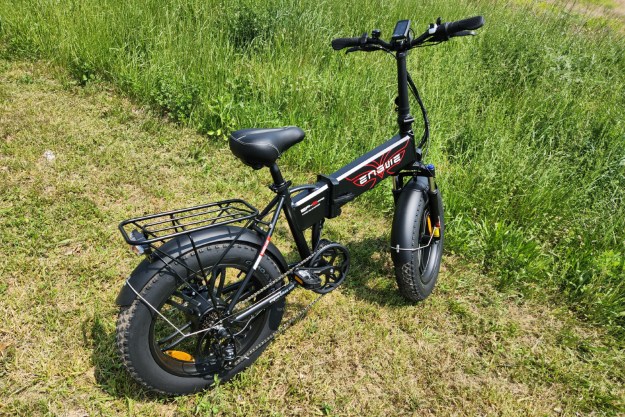How does it work? Osmotex designed a proprietary membrane that utilizes a small amount of voltage, serving as an extremely effective transportation of moisture from the inside of the membrane to the outside. This electricity works as a replacement for sweat-wicking fabrics. The key factor is that the membrane matches moisture management levels with human perspiration levels. It essentially allows you to sweat without feeling wet. Empa, the Swiss Federal Laboratories for Materials Science and Technology, played a key role in the technology research, confirming its efficacy.
“I have tested prototype jackets under demanding conditions in the Norwegian mountains, and the effect was much greater than I dared to dream of. I did sweat without feeling wet,” Joacim Holter, Osmotex’s managing director and executive chairman, said in a statement.
The technology has undergone extensive testing with astounding results and Osmotex guarantees that Hydro Bot will be commercially available across outdoor apparel brands in 2018. Schoeller is one of the first companies to get on board with Hydro Bot, having signed a production agreement with Osmotex. This year at ISPO in Germany, the Swiss-Norwegian company Osmotex unveiled the technology to the world. Schoeller showcased a Hydro Bot jacket at the convention, serving as a sign of possibilities for the future.
“We are very pleased with the progress toward commercialization and this revolutionary technology will play a crucial role in our vision to stay at the forefront of the global textile industry,” Schoeller CEO Sigried Siegfried Winkelbeiner said in a statement.
Schoeller plans on marketing Hydro Bot to its own clients. In addition, the company’s primary product development partner plans on integrating Hydro Bot into selected skiwear products for next season.


